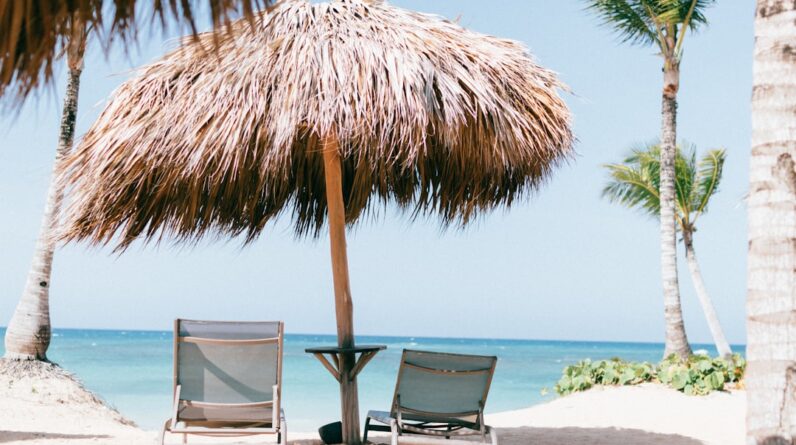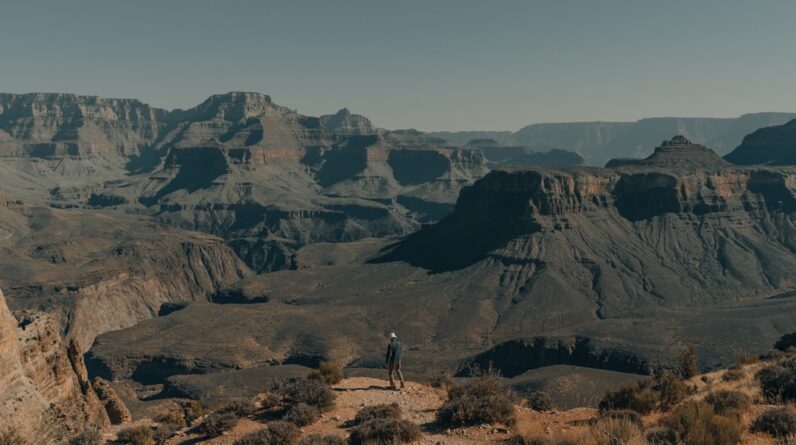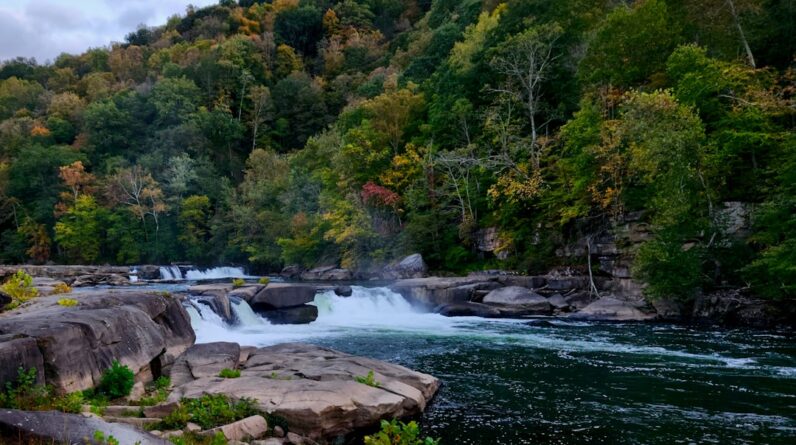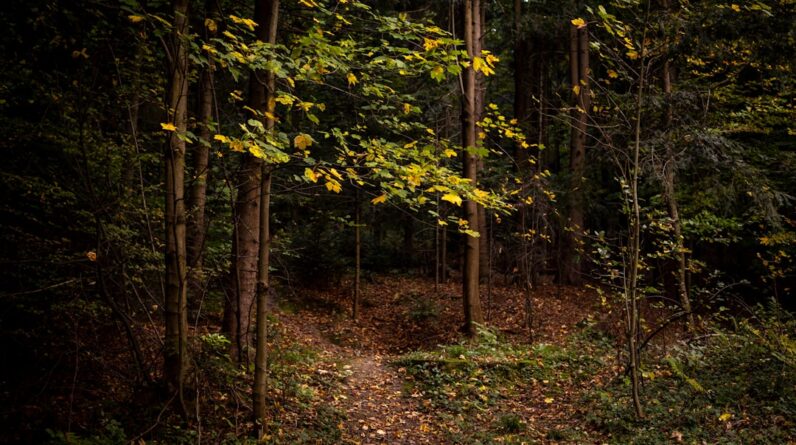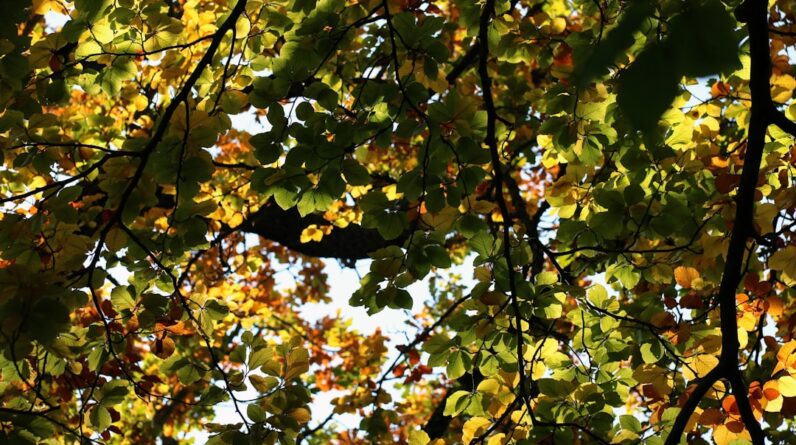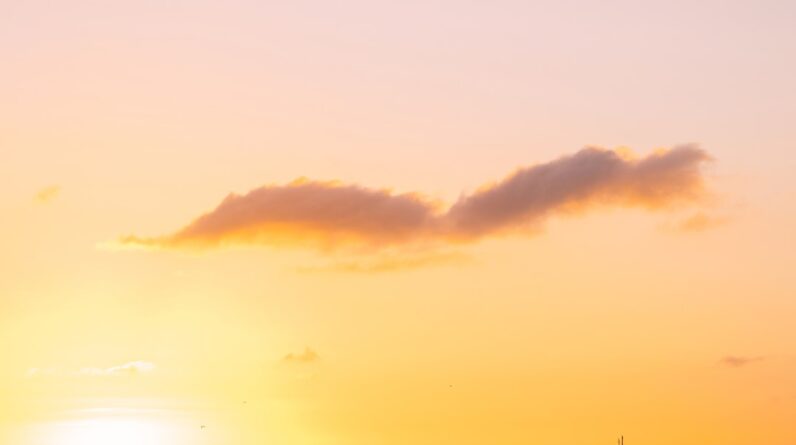Banff National Park, located in the Canadian Rockies, is a breathtaking natural wonderland that attracts millions of visitors each year. Established in 1885, it is Canada’s oldest national park and spans over 6,600 square kilometers of pristine wilderness. From towering mountains to turquoise lakes, Banff offers a diverse range of natural wonders waiting to be explored. In this article, we will delve into the beauty of Banff and discover the best hikes, hot springs, glaciers, wildlife, lakes, and more that this incredible destination has to offer.
Exploring Banff’s natural wonders is not only a thrilling adventure but also an opportunity to connect with nature and appreciate its beauty. The park is home to a wide variety of flora and fauna, including grizzly bears, elk, and mountain goats. The landscapes are equally diverse, ranging from snow-capped peaks to lush valleys and sparkling lakes. Whether you are an avid hiker, wildlife enthusiast, or simply someone who appreciates the beauty of nature, Banff has something for everyone.
Key Takeaways
- Banff offers a variety of natural wonders, including hot springs, glaciers, and lakes.
- Hiking trails in Banff cater to all skill levels, making it accessible for everyone.
- Wildlife watching in Banff is a popular activity, with opportunities to spot bears, elk, and more.
- The best time to visit Banff depends on the season and weather, with each offering unique experiences.
- Banff’s natural beauty is a photographer’s paradise, with stunning landscapes and wildlife to capture.
Discover Banff’s Natural Wonders: A Guide to the Best Hikes and Hot Springs
Banff National Park is renowned for its stunning natural wonders. One of the best ways to experience these wonders is through hiking. With over 1,600 kilometers of trails, there are options for hikers of all skill levels. For beginners, Johnston Canyon is a popular choice. This easy hike takes you through a picturesque canyon with waterfalls and offers stunning views along the way. For intermediate hikers, the Plain of Six Glaciers trail is a must-visit. This moderate hike takes you to a teahouse overlooking glaciers and offers breathtaking views of the surrounding mountains. Advanced hikers can challenge themselves with the Sulphur Skyline trail, which rewards with panoramic views of the Canadian Rockies.
After a day of hiking, relax and rejuvenate in one of Banff’s hot springs. The most famous hot spring in the area is the Banff Upper Hot Springs, located on Sulphur Mountain. Soak in the warm mineral-rich waters while enjoying panoramic views of the surrounding mountains. Another popular option is the Cave and Basin National Historic Site, where you can explore the birthplace of Canada’s national parks system and soak in the historic hot springs.
From Sulphur Mountain to Cave and Basin: Exploring Banff’s Hot Springs
Sulphur Mountain and Cave and Basin are two of Banff’s most iconic hot springs. Sulphur Mountain is home to the Banff Upper Hot Springs, which have been attracting visitors for over a century. The hot springs are located at an elevation of 1,585 meters and offer stunning views of the surrounding mountains. The water in the hot springs is naturally heated and contains minerals such as calcium, magnesium, and sulfate, which are believed to have therapeutic properties.
Cave and Basin, located at the base of Sulphur Mountain, is another must-visit hot spring in Banff. This historic site is where the idea for Canada’s national parks system was born. The hot springs were discovered by railway workers in 1883 and led to the establishment of Banff National Park. Today, visitors can explore the cave and basin where the hot springs are located and learn about the history of the area.
When visiting Banff’s hot springs, it is important to come prepared. Bring a swimsuit, towel, and flip-flops for comfort. It is also a good idea to bring a water bottle to stay hydrated. The water in the hot springs can be quite warm, so be sure to take breaks if needed. Additionally, it is important to follow any rules or guidelines set by the park to ensure a safe and enjoyable experience for everyone.
The Ultimate Guide to Hiking in Banff: Trails for All Skill Levels
| Trail Name | Difficulty Level | Distance (km) | Elevation Gain (m) | Estimated Time (hours) |
|---|---|---|---|---|
| Plain of Six Glaciers | Moderate | 10.6 | 365 | 4-5 |
| Johnston Canyon | Easy | 5.2 | 135 | 2-3 |
| Sentinel Pass | Difficult | 11.6 | 725 | 6-8 |
| Mount Bourgeau | Very Difficult | 23.8 | 1600 | 10-12 |
| Plain of Six Glaciers Tea House | Moderate | 14.6 | 520 | 6-7 |
Hiking is one of the best ways to experience the natural beauty of Banff National Park. With a wide range of trails available, there is something for hikers of all skill levels. For beginners, the Tunnel Mountain trail is a great option. This short but steep hike offers panoramic views of Banff and the surrounding mountains. For intermediate hikers, the Lake Agnes Tea House trail is a must-visit. This moderate hike takes you to a charming tea house overlooking Lake Agnes and offers stunning views of the surrounding mountains. Advanced hikers can challenge themselves with the Mount Temple trail, which is one of the highest peaks in Banff National Park.
When hiking in Banff, it is important to come prepared. Wear appropriate footwear and clothing for the weather conditions. It is also a good idea to bring a backpack with essentials such as water, snacks, a map, and a first aid kit. Be aware of your surroundings and stay on designated trails to minimize your impact on the environment. Finally, always let someone know your hiking plans and estimated return time for safety purposes.
Awe-Inspiring Views: Banff’s Glaciers and Icefields
Banff National Park is home to some of the most stunning glaciers and icefields in the world. These massive formations of ice are not only awe-inspiring but also play a crucial role in maintaining the park’s ecosystem. One of the best places to view glaciers in Banff is the Columbia Icefield, located on the border between Banff and Jasper National Park. Here, you can take a guided tour onto the Athabasca Glacier and learn about its formation and significance.
Another must-visit spot for glacier viewing is Peyto Lake. This turquoise-colored lake offers breathtaking views of the surrounding mountains and glaciers. The best viewpoint is located just off the Icefields Parkway and can be accessed via a short hike. Be sure to bring your camera to capture the beauty of this natural wonder.
When visiting Banff’s glaciers and icefields, it is important to prioritize safety. Glaciers are constantly moving and can be dangerous if not approached with caution. It is recommended to take guided tours or join organized hikes to ensure a safe and educational experience. Additionally, be mindful of the fragile ecosystem and do not disturb or remove any natural elements.
Wildlife Watching in Banff: Spotting Bears, Elk, and More
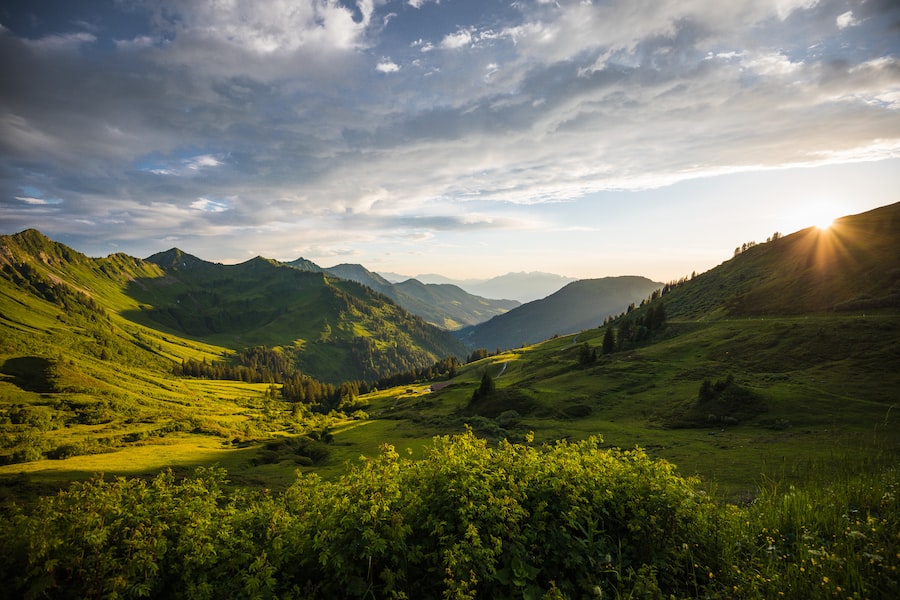
Banff National Park is home to a diverse range of wildlife, making it a paradise for wildlife enthusiasts. From bears to elk, there are plenty of opportunities to spot these majestic creatures in their natural habitat. One of the best places to spot wildlife in Banff is along the Bow Valley Parkway. This scenic road offers excellent opportunities to see elk, deer, and even bears.
Another popular spot for wildlife watching is Lake Minnewanka. This large lake is home to a variety of bird species, including bald eagles and ospreys. You may also spot bighorn sheep and mountain goats along the shores of the lake.
When wildlife watching in Banff, it is important to remember that these animals are wild and should be observed from a safe distance. Do not approach or feed any wildlife, as this can be dangerous for both you and the animals. It is also important to respect their habitat and minimize your impact on the environment.
The Best Time to Visit Banff: Seasons and Weather Explained
The best time to visit Banff National Park depends on your activities and interests. Each season offers unique experiences and landscapes. Summer (June to August) is the most popular time to visit, as the weather is warm and most trails are accessible. This is also the peak tourist season, so expect larger crowds and higher prices.
Fall (September to November) is a beautiful time to visit Banff, as the leaves change color and the crowds start to thin out. This is a great time for hiking and wildlife watching, as many animals are preparing for winter.
Winter (December to February) is a magical time to visit Banff, especially if you enjoy winter sports such as skiing and snowboarding. The park is transformed into a winter wonderland, with snow-covered mountains and frozen lakes.
Spring (March to May) is a quieter time to visit Banff, as the snow starts to melt and the park comes alive with new growth. This is a great time for photography, as the landscapes are vibrant and the wildlife is more active.
When visiting Banff during different seasons, it is important to come prepared for the weather conditions. Dress in layers and bring appropriate clothing and gear for the activities you plan to do. Be aware that weather conditions can change quickly in the mountains, so always check the forecast before heading out.
Exploring Banff’s Lakes: From Emerald to Louise
Banff National Park is home to some of the most stunning lakes in the world. From the turquoise waters of Lake Louise to the emerald hues of Emerald Lake, these natural wonders are a sight to behold. Lake Louise is perhaps the most famous lake in Banff, known for its stunning beauty and iconic Fairmont Chateau Lake Louise. Take a leisurely stroll along the lake’s shoreline or rent a canoe for a unique perspective.
Emerald Lake is another must-visit lake in Banff. Located in Yoho National Park, just outside of Banff, this lake offers breathtaking views and tranquility. Take a walk around the lake or rent a canoe to explore its emerald-colored waters.
When visiting Banff’s lakes, it is important to respect their fragile ecosystems. Do not disturb or remove any natural elements and be mindful of your impact on the environment. Additionally, be aware of any rules or guidelines set by the park, such as swimming restrictions or fishing regulations.
Banff’s Natural Beauty: A Photographer’s Paradise
Banff National Park is a photographer’s paradise, offering endless opportunities for capturing stunning landscapes and wildlife. From towering mountains to turquoise lakes, the park is filled with natural beauty waiting to be captured. Some of the best places to photograph in Banff include Moraine Lake, Peyto Lake, and Lake Louise. These iconic locations offer breathtaking views and vibrant colors that are sure to make your photos stand out.
When photographing in Banff, it is important to respect the environment and wildlife. Do not disturb or approach any animals and be mindful of your impact on the surroundings. Additionally, be aware of any photography restrictions or guidelines set by the park, such as drone regulations or protected areas.
Protecting Banff’s Wilderness: Conservation Efforts and Sustainability
Preserving Banff’s wilderness is crucial for the future generations to enjoy and appreciate. The park has implemented various conservation efforts to protect its natural beauty and biodiversity. These efforts include wildlife management programs, trail maintenance, and education initiatives. It is important for visitors to practice responsible tourism and minimize their impact on the environment. This can be done by following designated trails, disposing of waste properly, and respecting wildlife and their habitats.
Sustainability is also a key focus in Banff National Park. The park has implemented initiatives to reduce waste, conserve water, and promote eco-friendly practices. Visitors can contribute to these efforts by using reusable water bottles, minimizing waste, and supporting local businesses that prioritize sustainability.
Banff Beyond the National Park: Exploring the Surrounding Area’s Natural Splendor
While Banff National Park offers endless natural wonders to explore, the surrounding area also boasts its own beauty. Just outside of the park, you will find Kananaskis Country, a vast wilderness area with stunning landscapes and recreational opportunities. This area is perfect for hiking, camping, and wildlife watching.
Another must-visit destination outside of Banff National Park is the town of Canmore. Located just a short drive from Banff, Canmore offers a charming mountain town atmosphere with stunning views of the surrounding peaks. Explore the town’s shops, restaurants, and art galleries, or venture into the nearby mountains for hiking or skiing.
When exploring the surrounding area of Banff, it is important to respect private property and follow any rules or regulations set by the respective areas. Be aware that some areas may require permits or have restricted access.
Banff National Park is a natural wonderland that offers a diverse range of experiences for visitors. From hiking to hot springs, glaciers to wildlife watching, there is something for everyone to enjoy. It is important to appreciate and protect the park’s natural beauty for future generations to enjoy. By practicing responsible tourism and supporting conservation efforts, we can ensure that Banff’s wilderness remains a treasure for years to come. So pack your bags, lace up your hiking boots, and get ready to explore the wonders of Banff National Park.
If you’re planning a trip to Banff to explore its natural splendor, you might also be interested in learning how to stay motivated to workout every day. Maintaining a healthy lifestyle while traveling can be challenging, but this article provides valuable tips and insights on how to prioritize fitness and make it a part of your daily routine. Check out the article “How I Stay Motivated to Workout Every Day” for some inspiration and practical advice.



